Fraternities and sororities exist within a complex system; a web of interconnected organizations spread across hundreds of campuses with varied relationship agreements and support systems. Then, add in shifting state legal environments, new enrollment patterns, evolving social norms, and myriad student needs, coupled with the influences of social media and a reliance upon the decision making of nineteen-year-olds, and I am inclined to close my laptop and go home early. I am sure the challenges will still be there tomorrow.
The array of influences, needs, pressures, and tensions create difficulty in decision making regarding curriculum development, funding priorities, chapter servicing, and communications strategies. The question “what do I do in my job today” seemingly has a different answer every day.
It would be ideal to meet every need, to solve every challenge, and to do it all right now. However, limitations in human and financial capital, coupled with the fact that not all solutions are readily apparent, necessitates we make some choices about which needs will make today’s to-do list.
The sheer volume of priorities, and continually shifting influences can cause us to bounce from issue to issue, never making meaningful progress on anything. This can involve the whims of an executive or VP who just read an article, a board member’s pet project, a viral trend on social media, or a highly publicized incident. In my educational programming life, I call this programming by hashtag, constantly shifting to the trending topic du jour.
Within my role as President of AFA, I dedicate significant intellectual energy to our focus and priorities. There is no other role in my career where I have experienced a greater disparity in the volume of ideas and the available resources to do them. As such, it could be easy to send the organization into a tailspin of fits and starts as we erratically jump to the hot topic of the day. Preferring stability over instability, and progress over chasing our tails, I have tried to find focus in our direction.
This has not been an endeavor executed to perfection, and there have been lessons along the way. I would like to offer a few points I have found helpful in maintaining focus, along with some thoughts on how this can impact AFA.
Have A Plan, Work the Plan
Obviously, the first step to creating focus is to have something to focus on. Inevitably, this requires letting go of something you want in favor of something you want more. I have found the process of writing down a plan is much easier than creating the necessary operational focus to move the plan forward.
Within AFA we have a well-defined strategic plan. However, even within that plan there is plenty of room to get lost. We could create a list of 50 items under each strategic initiative. All of them are important, all of them are needed. We create focus by remembering what we are best positioned to do as an organization. We are equipped to help people who work in fraternity and sorority advising to be better at their jobs. We ensure every “to-do” under each strategic priority works toward that outcome. Then, we begin to work the plan, recognizing some items will happen today, and some will wait until another.
Explain Your Plan with Confidence
It sounds simple enough to say you must be able to explain why your plan will take you to where you say you hope to go. However, this becomes more complex when a decision maker has a friend with a great program we should buy, or a critical incident draws attention. You must be able to clearly articulate the big picture of your plan, and why short-term discipline will result in long-term solutions.
This might be the most important point for AFA. There are 100 different things we need to focus on today and 100 different people value each of them differently. Articulating our plan is not a matter of explaining which is more important than the other, rather we explain what we are going to do in phase one and how that will better position us to accomplish the next thing in phase two.
Balance the Tension of New Information
The problem with maintaining rigid discipline to your plan is your plan could take you straight into a brick wall. Obviously, the world continues to evolve, and new information learned throughout the course of implementation could impact your plan.
For AFA, this involves efforts to maintain discipline to our central purpose and the big picture of our strategic plan, while also seeking input from the members who are impacted by the products and services we provide. We shift our tactics if something is not working. Ultimately, this creates a tension that must be balanced between persistence and responsiveness.
Investigate Your Own Bias
Just as a board member or a VP can have their pet project or great new idea based on personal preferences, so can each of us. I have certainly built entire curriculum pieces around some video or article I thought was wonderful only to see it fall flat because I was prioritizing my own interest over the learning application. We must be willing to step back and ask if this actually solves the problem we are working on, or if it is just something we wanted to do.
As AFA President this is where I remove myself from the work. I have opinions about the best programming at the Annual Meeting, about how we should put together a publication, and what AdvanceU should look like. However, that is not my role, and it is likely that my involvement in those operations will knock us off track more than it moves us forward. So, the way I can maintain focus is by having trust in our staff and volunteers to utilize their talents and execute their part of the plan.
Don’t Allow What You Cannot Do to Impede What You Can Do
We have all been in a brainstorming or planning session that starts to overwhelm as we continue to go down rabbit holes. The problems begin to appear so complex, and the options so varied we become paralyzed. This can become a good way to avoid making a decision. If we continue to lament the different layers and tangents of some problem, then we can avoid committing to a decision.
As we enact the operational objectives within our strategic initiatives it could become easy for the AFA Board to spend meeting after meeting punting the conversation as we dig deeper into the crevices of professional development, partnerships, community collectives, and research efforts. At some point, we need to pick an item on the list and get to work. We need to develop fifty new resources. So the way to get to fifty is to start working on one. Part of our prioritization work as a board is to recognize we cannot do it all at once, so we are picking the first thing and getting started.
The objective is to find simplicity within the complexity. The final consideration is that this is going to take time. There are short term wins to be had, and we must find opportunities to celebrate along the path. However, substantive and meaningful progress will be measured in decades, not semesters. We must develop the focus to apply consistent and disciplined strategies over an extended period of time. This is when and where the results will come.




